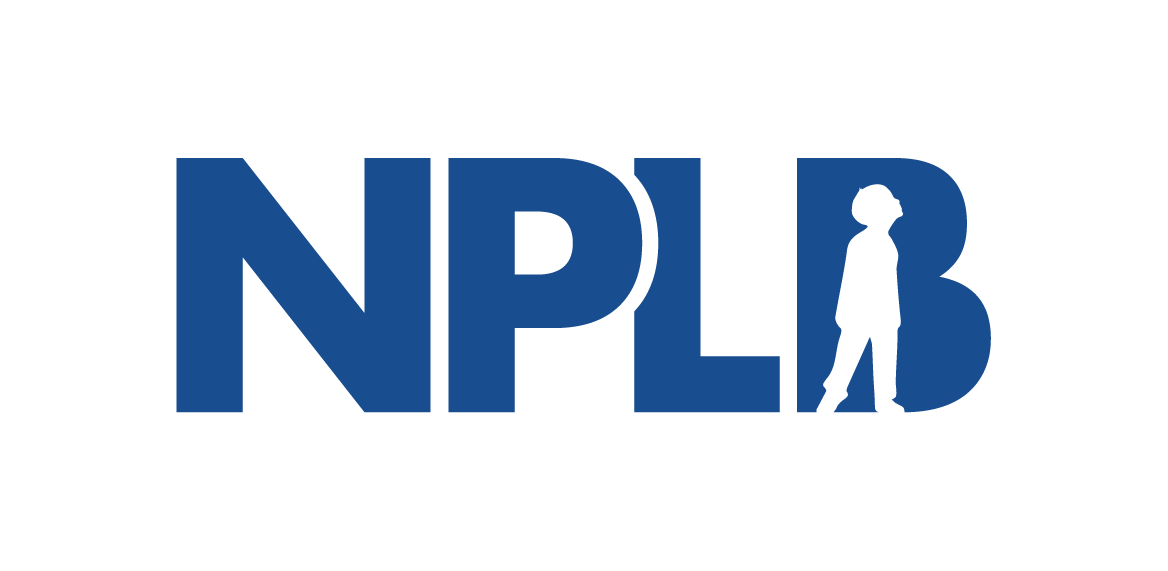8 Ways to Modernize the FDA
Our modern world needs a modern Food and Drug Administration (FDA).
When we asked our network of innovators, investors, and patient advocates about what changes they’d like to see made through the Reauthorization of the Prescription Drug User Fee Act (PDUFA VIII), many emphasized their appreciation for the outreach the FDA has made to small innovators in recent months and expressed a strong interest in providing feedback.
As PDUFA VIII offers a historic opportunity to make the drug review program faster, more consistent, and more transparent, here are a few suggestions we heard from our network of experts:
Prioritize What’s Most Important: Direct resources to timely, high-quality review of applications can help life-saving innovations reach patients as quickly and as safely as science allows, and strengthen accountability by enforcing all statutory and negotiated PDUFA milestones.
Streamline Preclinical & Clinical Requirements: Remove unnecessary preclinical studies that do not materially affect benefit/risk assessments and allow certain studies to run in parallel with early human trials. Plus, align with modern science to match advancements in toxicology, translational science, and global best practices, and tailor requirements to avoid one-size-fits-all standards – especially in high-need, orphan, or fatal disease areas.
Improve Communication: Engage early and frequently, improve written feedback, be flexible with follow-up, explain key decisions, and increase public transparency by publishing anonymized Complete Response Letter (CRL) learnings in real-time to guide industry and reduce repeat deficiencies.
Enhance Cross-Division Consistency: Standardize best practices, expand reviewer training, and outline clear criteria for surrogate endpoints, biomarkers, and data types, particularly for rare diseases with well-understood mechanisms.
Bring the FDA Up to Speed with AI and Other New Technologies: Replace lengthy integrated summaries with structured, linked electronic submissions, use AI for data parsing, review preparation, and administrative tasks, and apply AI-powered predictive analytics to identify promising compounds, model outcomes, and enable adaptive trial designs. Plus, allow FDA to monitor trial progress continuously, flag safety or efficacy issues early, and adjust requirements as needed, and use AI to support faster indication expansions without repeating large-scale studies.
Increase Predictability in Labeling & Inspections: Require draft labeling comments at least 30 days before the PDUFA action date (with justifications for edits and a final touchpoint before approval), and finalize site lists early and share topic outlines in advance to allow preparation and issue resolution before reviews conclude.
Advance Science-Driven, Patient-Centered Development: Incorporate authentic patient voices by incentivizing trial designs that capture patient preferences, real-world outcomes, and qualitative experience data. Plus, reduce barriers to participation (i.e. encourage trials to cover patient costs and provide adequate compensation), establish cross-center criteria for qualifying disease biomarkers and surrogate endpoints, especially for rare conditions, and prioritize benefit/risk assessments grounded in patient needs.
Support Small & Emerging Companies: Implement tiered user fees and expand waivers for small businesses and orphan-focused developers, provide regulatory advice that accounts for the limited resources of small sponsors, and maintain predictable review and approval processes to encourage capital formation and sustained R&D investment.
PDUFA VIII should be more than a renewal. It should be a catalyst for optimizing the FDA’s review program for speed, predictability, and transparency. This would allow the FDA to improve upon its “gold-standard” review process while getting treatments to Americans more quickly, leading to healthier, better lives around the world.
We value the dedication of FDA staff and believe new technologies can reduce unnecessary administrative burdens, enabling reviewers to focus their expertise on advancing safe and effective new medicines for patients. NPLB stands ready to work with the FDA throughout the negotiation process to achieve these goals and ensure that patients receive the full benefit of U.S. biomedical innovation.
Read our full letter to the FDA here.
